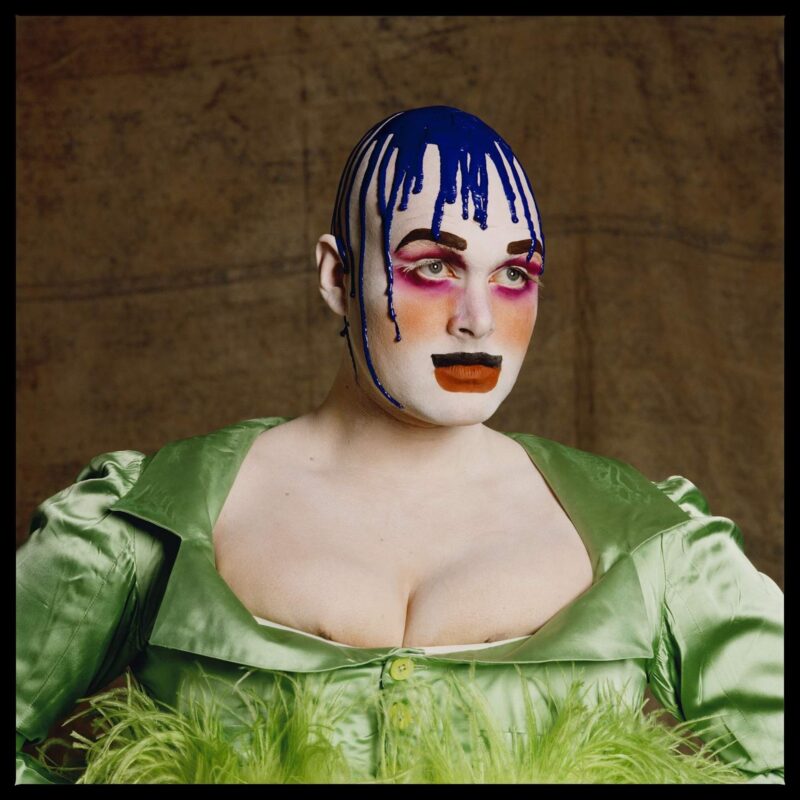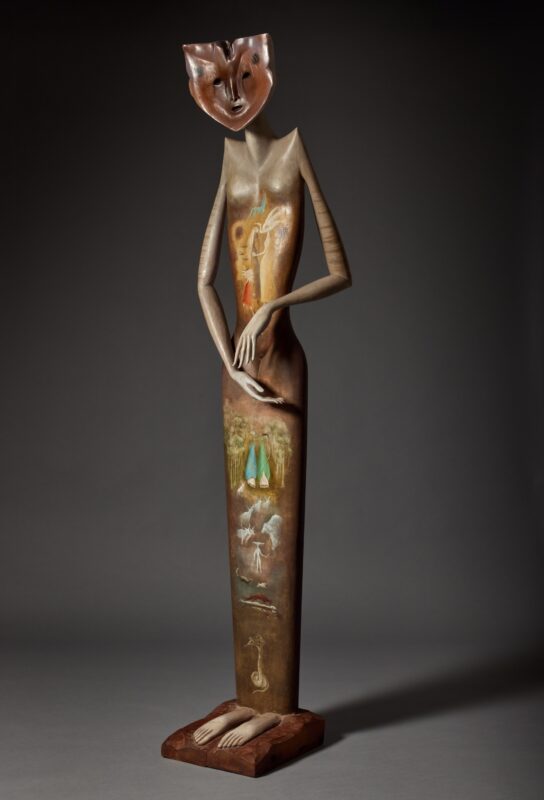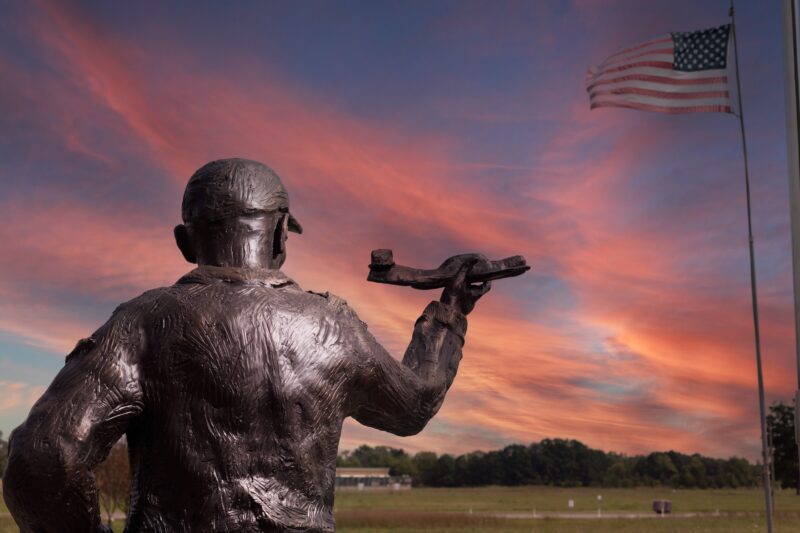
Magical … Eye, by Betye Saar. Photograph: Robert Wedemeyer/Tate
Sam Gilliam’s 1969 painting April 4 is an epic cascade of purple tears, a huge curtain of sorrow. Agony stains it. Melancholy seeps through its delicate clouds of colour. You don’t need to know what its title means to be moved by it.
When you know it was painted to mark the first anniversary of the murder of Martin Luther King on 4 April 1968, this abstract painting becomes a funeral elegy for assassinated hopes. It is one of the most powerful things in an exhibition that unconvers an entire lost history of American art.
Tragedy, suffering and violence pervade this exhibition like the dark blotches that soak into Gilliam’s tear-soaked handkerchief of a painting. It starts in 1963 with the March on Washington when King spoke immortal words to more that 200,000 people from the steps of the Lincoln Monument. A group of African American artists called Spiral started, at the height of the civil rights movement, to make art that reflected its ideals. This exhibition traces the twists and turns of that aspiration to represent black America in the following two decades as King’s dream gave way to disillusion.

How could black conciousness be expressed in art? That question turns out to open dazzling new vistas on a brilliant epoch in art history. Soul of a Nation tranforms how we see American art in the age of Robert Rauschenberg, Jasper Johns and Andy Warhol (who makes a cameo appearance with his portrait of Muhammad Ali). All those artists were white, and all are enshrined as American icons. By contrast, Sam Gilliam was until recently forgotten. He has only now, in his 80s, started getting the attention he deserves. In the end the achievement of this exhibition is the simple one of recovering the talent of a legion of artists who have been kept out of the American canon of genius in a way that is utterly unjust.
Yet it does more. The curators have looked far and wide in their search for the forgotten riches of art in the age of Malcolm X. They include everything from copies of The Black Panther magazine to the witty, deadpan self-portraits of 1970s ironist Barkley Hendricks. When a critic described Hendricks as a “brilliantly endowed” painter, he immediately responded with a nude self-portrait called Brilliantly Endowed. Sadly, he died earlier this year, too soon to bask in this exhibition’s starshine.

The open and imaginative way curators Mark Godfrey and Zoe Whitley have delved into the archives means they have looked far beyond what happens to be fashionable now. One reason Gilliam, for instance, is not well known is that he belongs to the colour field movement, a style often dismissed as a soggy aftermath of abstract expressionism. This exhibition rescues not just some great abstract painters but colour field painting itself.
Another mighty exponent is Frank Bowling. That’s Frank Bowling RA, OBE, the Guyana-born painter who is usually seen in a context of post-colonial British art. In the 1960s Bowling went to the US and met the critic Clement Greenberg, who had spotted the genius of Jackson Pollock and also acclaimed him. Bowling’s vast, addictive 1971 canvas Texas Louise is a romantic blaze of desert light almost seven metres wide in which a map of the Americas glows like a dying vision of an anguished history. It is an unforgettable painting.

In 1960s Los Angeles, Noah Purifoy and Betye Saar created mysterious totems of what seems their own private religion. They have something in common with Rauschenberg but more with the Watts Towers, the masterpieces of outsider art built by Simon Rodia that soar giddily over LA. In fact Purifoy co-founded the Watts Towers Art Center. His work Totem is a kind of miniature Watts tower with an African aesthetic, made from anything he could find. Saar meanwhile creates altars, icons and mobiles that mix world religions and recycle junk to create one the most magical bodies of work in American art.
Saar is still alive, aged 90, to receive the homage of an entire room dedicated to her by this exhibition. She ranks with Joseph Cornell as a surrealist of everyday life who weaves found stuff into poetry. Like others here she has never had a fraction of the museum space allotted to the great white men of American art. This exhibition does not destroy the canon, however. It enlarges it, showing how the history of American modernism that started with Pollock released radical visions of uncommon beauty and eloquence.
A photograph of John Coltrane is a reminder that American modern art has its roots in African American music. Pollock listened to jazz while he worked. In this exhibition Coltrane’s contemporaries translate his artistic intensity and courage into colours that start in rage but ascend to a love supreme.
- Soul of a Nation: Art in the Age of Black Power is at Tate Modern, London, until 22 October.
guardian.co.uk © Guardian News & Media Limited 2010
Published via the Guardian News Feed plugin for WordPress.







